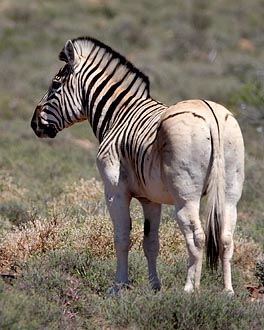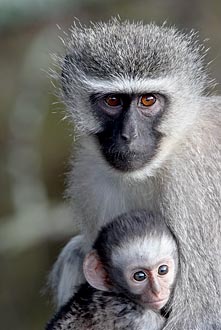- You may bookmark this page to return to the latest blog entry.
Thank you for visiting RV Ramblings, the daily happenings of full-time RVers, James and J, as told by James.
You may share this particular blog entry by referring to www.rvramblings.com/?date=2009-11-16.
Visit www.rvramblings.com to view the latest blog entry.
November 16, 2009, a Monday
Elephant Butte Lake State Park (South Monticello), New Mexico, USA
— Processed images, explored, and watched a great documentary
Is There Anything for a Photographer Here
One of our photographer friends asked J recently if there was anything for a photographer here at Elephant Butte Lake State Park. My answer is "Yes, and no." To paraphrase John Shaw, "A photographer makes images in the field and makes money in the office." Elephant Butte Lake State Park is a great place for a photographer, who is also a full-time RVer, to get some office work done because there's not much around to photograph. While there are Northern harriers, American white pelicans, great white egrets, great blue herons, Gamble's quail, roadrunner, and several species of smaller flitty birds that one could photograph, it's easier to photograph them elsewhere.Today's Happenings
It was 32°F (0°C) and sunny when we got out of bed this morning. I had Quaker Natural Granola - Oats & Honey & Raisins with powdered milk for breakfast again to conserve real milk. I worked up a blog entry then did some computer work. We left around 11:15 and ...Walked out to the abandoned shack that's south of the campground. There was an old dirt track from the big water tank at the campground out there, so it was an easy trek. The old shack had been abandoned years ago, and while the roof was mostly intact, the walls are mostly just studs now. The shack sits near the end of a peninsula overlooking the lake, and the view from the shack is better than the view from the campground. Plus, there were lots of orange bushes that would make nice foreground elements. After exploring the shack for a bit, we walked down to the lake shore and followed it to the boat ramp.
We returned to the RV at 12:15, and it was still only 51°F (11°C). I had lunch of a Chocolate Peanut Crunch Clif Bar followed by cold (refrigerated) pizza that was leftover from dinner four nights ago. The pizza had been much better right out of the oven. I did some computer work, then showered.
I processed the final set of images for a stock submission. (You may read more about stock submissions on August 7, 2009.) I continued working through images from our trip to South Africa in October and November 2007 and in particular our time at Karoo National Park and Mountain Zebra National Park. Karoo National Park reminds me a lot of central New Mexico. It's arid, there's scattered shrubs on the dry ground, and there are bluffs.
Quagga Project

Quagga in an Enclosure
London Zoo in the 1870s

Quagga-Like Plains Zebra
Karoo National Park, South Africa,
October 2007
October 2007
Canon EOS 1D Mk III, 500 f4 & 1.4x,
1/750 sec, f9.5, ISO 250
1/750 sec, f9.5, ISO 250

Vervet Monkey Mother And Infant
Mountain Zebra National Park,
South Africa, November 2007
South Africa, November 2007
Canon EOS 1D Mk III, 500 f4 & 1.4x,
1/90 sec, f9.5, ISO 640
1/90 sec, f9.5, ISO 640
We left around 4:30 in the Jeep to check out the North Monticello Campground in Elephant Butte Lake State Park. Compared to South Monticello, which has paved loops and sheltered picnic tables at each site, North Monticello is undeveloped. There are only gravel roads and no real designated camp sites. There were quite a few pelicans and some great white egrets in the lake near there, and we tried to photograph them from the Jeep in the fading light. The egrets were up first, but were among too many odd twigs poking up from the water. Plus, I had gotten off the dry dirt track and into some rather soft mud while trying to get closer to them. I threw the Jeep into 4Hi and got us back onto the dry solid ground without getting stuck — whew! The sun had set by the time we were trying to get into position to photograph the pelicans, and I didn't want to get off the dry dirt track and risk getting stuck, so I didn't photograph them.
We returned to the RV around 5:35. I downloaded an episode of Car Talk and some system updates because I had leftover quota on my USB stick that was to roll over tonight.
We had dinner around 6:25 of leftover cheeseburger pie, and this time J enhanced it by smothering it in salsa.
I prepared the 67 images that my stock agent had selected from my previous submission, then did some computer work.

Migrant Mother
Dorothea Lange, 1936

American Gothic
Gordon Parks, 1942
We have a TV antenna embedded in our roof and our flat-panel TV, that came with the RV, was digital-ready. Here at South Monticello, we get one good TV channel — the PBS station in Las Cruces.
